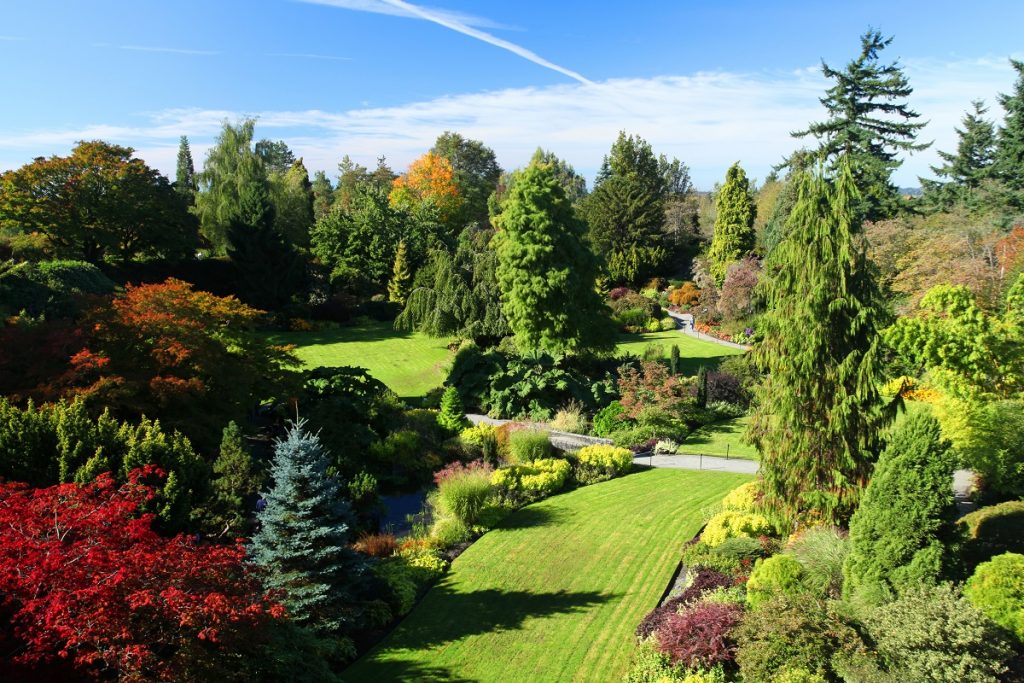The coronavirus situation across the globe meant more time at home for most people. Classes have been cancelled, employees who can work remotely are working from home, and going outside is discouraged unless it’s for an essential errand. Although staying inside the house is tolerable for some, others are not too keen on being cooped up indoors—especially if they have nothing to do.
If you’re the type who prefers walking outdoors, why don’t you hit two birds with one stone by pruning your backyard plants? Not only will you have something productive to occupy your days, but you will also get to spend time outside without breaking social distancing rules. Now, if you have to prune your plants, you must do it properly.
The Importance of Pruning and Doing It Right
Pruning is one of the most neglected tasks when it comes to lawn maintenance in residential properties. Admit it—without your landscape contractor, the trees and shrubs in your Minneapolis home will be overgrown by now. Since their services are temporarily unavailable, it’s up to you to prune the plants in your yard.
Pruning is essential to keep your greenery healthy and your outdoor landscape beautiful. It’s a form of plant maintenance that helps in:
- Ensuring safety in your backyard by taking out low-hanging branches and broken tree limbs that can fall on people or cars
- Promoting plant health by removing damaged branches that still take up nutrients
- Facilitating growth by removing spent blooms, giving way to new blossoms
With the spring season in full bloom, there’s no better time to prune your plants. Using pruning or lopping shears, here’s how to prune trees properly:

1. Remove crisscrossing or entangled branches. You don’t want the branches too clustered because it will block sunlight for the lower branches.
2. Remove lower branches. Doing so gives you more vertical clearance above your lawn or sidewalk.
3. Remove diseased, dying, and dead branches. Dead or disease-infected branches are like a beacon for insects and other diseases. Once they burrow into dead branches, they will only spread to healthy branches and ruin your entire tree.
4. Make sure to cut close to the collar or the base of the branch, but don’t remove the branch entirely. Leaving a stump of branch allows it to grow back healthier.
5. When removing thicker branches, use a saw and start cutting from the underside of the tree limb. This helps prevent the bark from tearing when the branch falls.
Pruning shrubs isn’t as critical as pruning trees, but it’s a great practice to keep your shrubs neat and beautiful. Using a pruning shear, here’s how to prune shrubs correctly:
1. Thin out the branches. This means selectively cutting off other branches so there’s enough space for your plant to grow.
2. Remove broken, diseased, or dead branches to encourage growth.
3. Trim unbranched stems above the bud. This process is called heading, which helps retain the shrub’s natural form and prevents it from growing too tall.
You don’t have to be an expert landscaper to do a good job pruning the plants in your yard. But with enough practice, you can keep your trees and shrubs healthy and your landscape looking beautiful all season long.

